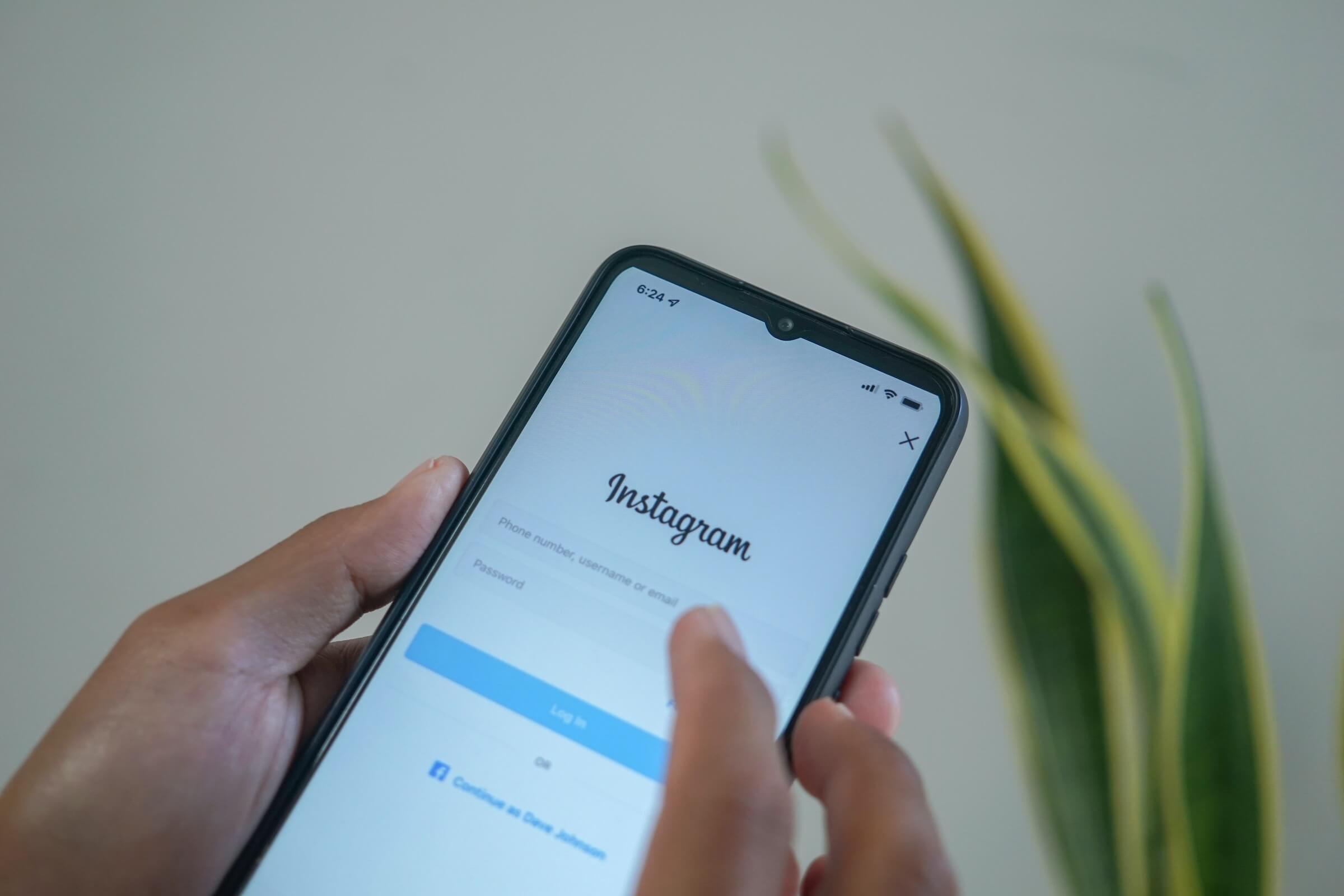In the ever-evolving landscape of digital marketing, influencer marketing has emerged as a powerful tool for brands looking to reach and engage their target audiences. While many companies gravitate towards partnering with celebrities or well-known figures, micro-influencers have proven to be equally, if not more, effective in driving brand growth. Micro-influencers, typically defined as social media users with follower counts ranging from 1,000 to 100,000, often boast high engagement rates and a more authentic connection with their audience. Here’s how you can leverage micro-influencers to foster brand growth.

1. Understanding the Benefits of Micro-Influencers
Authenticity and Trust
Micro-influencers often maintain a close relationship with their followers, which fosters trust and authenticity. Their audience views them as relatable individuals rather than distant celebrities, making their endorsements more impactful. This genuine connection can lead to higher conversion rates as consumers are more likely to trust recommendations from someone they feel is just like them.
Targeted Audiences
Micro-influencers typically operate within specific niches or communities. This allows brands to tap into highly targeted audiences that align with their products or services. By partnering with influencers whose followers share similar interests, brands can reach potential customers more effectively.
Cost-Effectiveness
Collaborating with micro-influencers is generally more budget-friendly than working with larger influencers or celebrities. This cost-effectiveness allows brands to allocate their marketing budgets strategically, enabling multiple collaborations for a broader reach.
2. Finding the Right Micro-Influencers
Research and Identify
The first step in leveraging micro-influencers is to identify individuals who align with your brand values and target audience. Utilize social media platforms, influencer marketing tools, and hashtag searches to discover potential micro-influencers in your niche. Look for those who actively engage with their followers and have a consistent posting schedule.
Analyze Engagement Rates
When evaluating micro-influencers, focus not only on their follower count but also on their engagement rates. A smaller audience that actively interacts with the influencer’s content can yield better results than a larger audience with low engagement. Tools like HypeAuditor and Social Blade can help assess engagement metrics.
Check Authenticity
Ensure that the micro-influencers you consider have authentic followers. Use tools that can analyze follower demographics and detect any fraudulent or fake accounts. Authenticity is crucial for maintaining trust with your audience.
3. Crafting Collaborative Campaigns
Develop Clear Objectives
Before reaching out to micro-influencers, define your campaign goals. Whether you want to increase brand awareness, drive website traffic, or boost sales, having clear objectives will guide your collaboration and ensure alignment.
Collaborate Creatively
Allow micro-influencers creative freedom when promoting your brand. They understand their audience best and can create content that resonates with their followers. Collaborate on ideas, but trust their instincts to craft authentic messaging that reflects your brand.
Offer Incentives
Consider offering incentives such as free products, exclusive discounts, or commission-based compensation for sales generated through their promotions. This encourages micro-influencers to invest time and effort into creating engaging content for your brand.
4. Creating Engaging Content
Focus on Authentic Storytelling
Encourage micro-influencers to share their personal experiences with your product or service. Authentic storytelling can enhance relatability and drive audience engagement. User-generated content (UGC) from micro-influencers can also serve as powerful testimonials.
Utilize Various Content Formats
Leverage different content formats such as Instagram Stories, reels, blog posts, or YouTube videos. Diversifying content types allows you to reach a broader audience and keeps the campaign fresh and engaging.
Promote Interaction
Encourage influencers to engage their audience through questions, polls, or contests related to your brand. This fosters interaction and enhances the sense of community among their followers, ultimately benefiting your brand’s visibility.
5. Measuring Success
Track Key Performance Indicators (KPIs)
To assess the effectiveness of your micro-influencer campaigns, establish KPIs such as engagement rates, reach, website traffic, and conversions. Use tracking tools and analytics to measure the impact of each collaboration.
Gather Feedback
After each campaign, collect feedback from both micro-influencers and their audience. Understanding what worked and what didn’t can help refine your future influencer marketing strategies.
Adjust Strategies Accordingly
Based on the data and feedback collected, adjust your approach for future collaborations. Continuous learning and adaptation will help you maximize the effectiveness of micro-influencer partnerships over time.
Conclusion
Micro-influencers offer brands a unique opportunity to connect with engaged audiences in a genuine and cost-effective manner. By understanding the benefits of micro-influencers, carefully selecting the right partners, crafting collaborative campaigns, and measuring success, you can leverage their influence to drive brand growth.


No responses yet